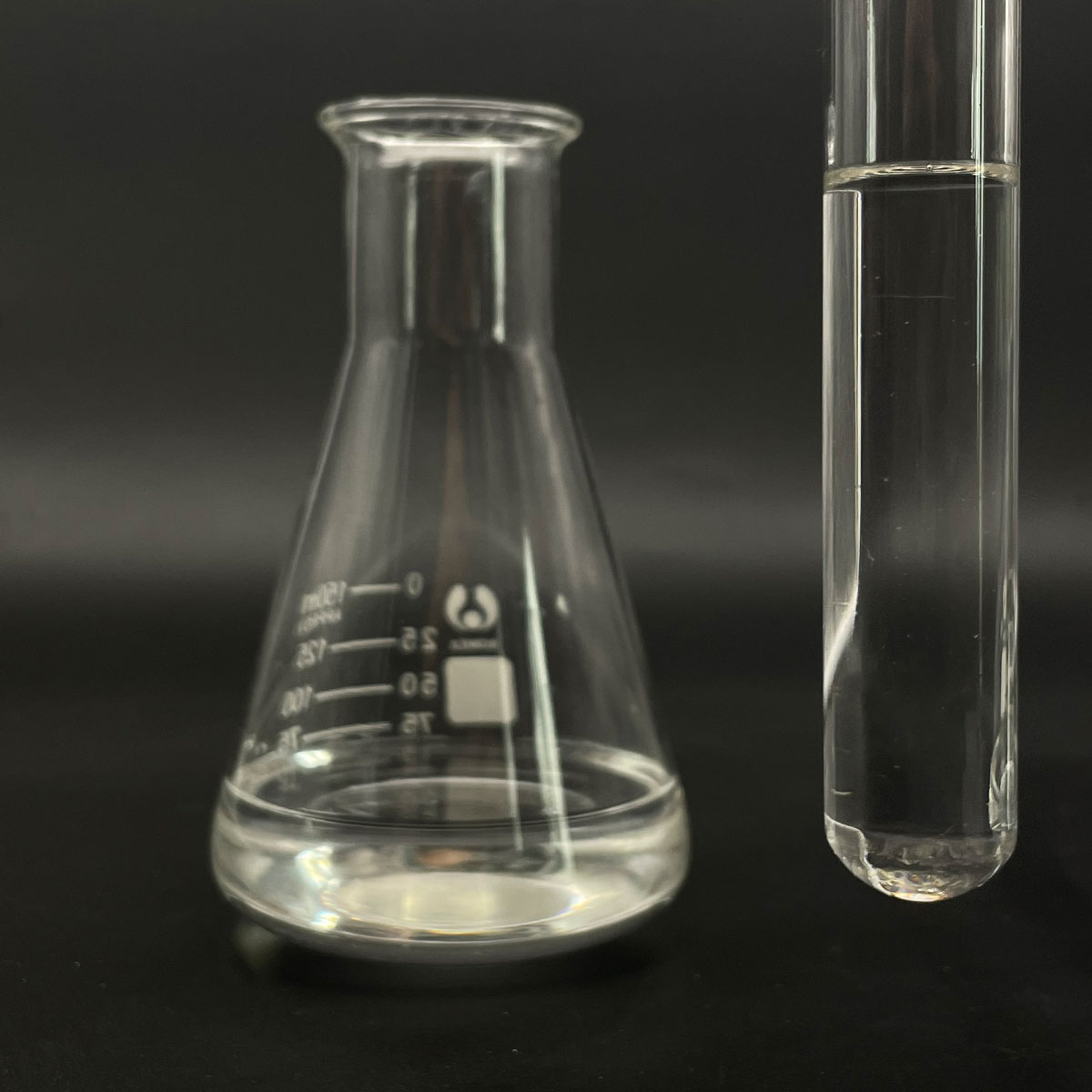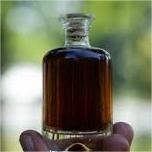**Bubbles, Suds, and Secret Agents: The Unsung Heroes in Your Soap**
(What Is An Example Of A Surfactant)
Picture this. You’re washing your hands. The soap slips into a creamy lather. Tiny bubbles dance across your skin. Rinse. The grime vanishes. Simple. But behind this everyday magic? A tiny molecule is working overtime. Meet surfactants—nature’s cleanup crew, hiding in plain sight.
Surfactants sound like lab jargon. They’re not. Think of them as molecular diplomats. Their job? Negotiate peace between oil and water. These two hate each other. Oil clumps. Water retreats. Surfactants step in. They calm the fight. One end of the surfactant loves water. The other clings to oil. This makes them perfect middlemen.
Take soap. Classic example. Soap’s main actor is a surfactant called sodium stearate. Found in animal fats or plants. When you scrub, sodium stearate pounces on grease. Its water-loving head dives into the water. The oil-loving tail latches onto dirt. The grease breaks into bits. Water flushes it away. No more greasy hands.
How does this play out? Imagine a spaghetti stain on your shirt. Tomato sauce is oily. Water alone can’t fix it. Add soap. Surfactants swarm the oil. They form tiny cages around each grease particle. Now water can push the mess off the fabric. The stain disappears.
Surfactants aren’t picky. They’re everywhere. Dish soap? Packed with surfactants. They trap leftover lasagna grease. Shampoo? Surfactants strip oil from hair. Even toothpaste. Surfactants help spread minty freshness while fighting plaque.
Here’s the kicker. Surfactants work like tug-of-war teams. One side pulls oil. The other drags water. The oil gets stretched thin. It snaps into droplets. These droplets mix with water. Now the oil can rinse away. No chemistry degree needed. Just clever molecules doing heavy lifting.
Not all surfactants play nice. Some are harsh. Early detergents had surfactants that hurt fish. Modern ones? Safer. Companies tweak them. Plant-based surfactants rise in popularity. Coconut oil or corn sugar often star as raw materials. Eco-friendly. Effective.
History buffs? Surfactants aren’t new. Ancient Babylonians mixed ash and fat to make soap. Basic surfactants. Romans used them in baths. Fast-forward. World War I triggered a surfactant boom. Soap shortages forced scientists to invent synthetic versions. Today, surfactants shape industries. From skincare to firefighting foam.
Let’s zoom into dish soap. Squirt a drop into water. Watch it dissolve. Surfactants arrange themselves. They form micelles—tiny bubbles with tails pointing inward. Grease gets trapped inside. Agitate the water. The micelles break free. Grease goes down the drain.
Ever wonder why shampoo lathers? Surfactants again. They reduce water’s surface tension. Air mixes in. Bubbles form. More bubbles mean more cleaning power. Surfactants ensure every hair strand gets scrubbed.
Surfactants even save lives. In lungs, a surfactant coating keeps air sacs open. Premature babies sometimes lack it. Doctors administer synthetic versions. Breathing stabilizes. Tiny molecules. Big impact.
(What Is An Example Of A Surfactant)
Next time you see bubbles in a sink, remember. It’s not just soap. It’s surfactants—silent, efficient, and utterly essential. They turn chaos into clean. No fanfare. Just results.
Inquiry us
if you want to want to know more, please feel free to contact us. (nanotrun@yahoo.com)



